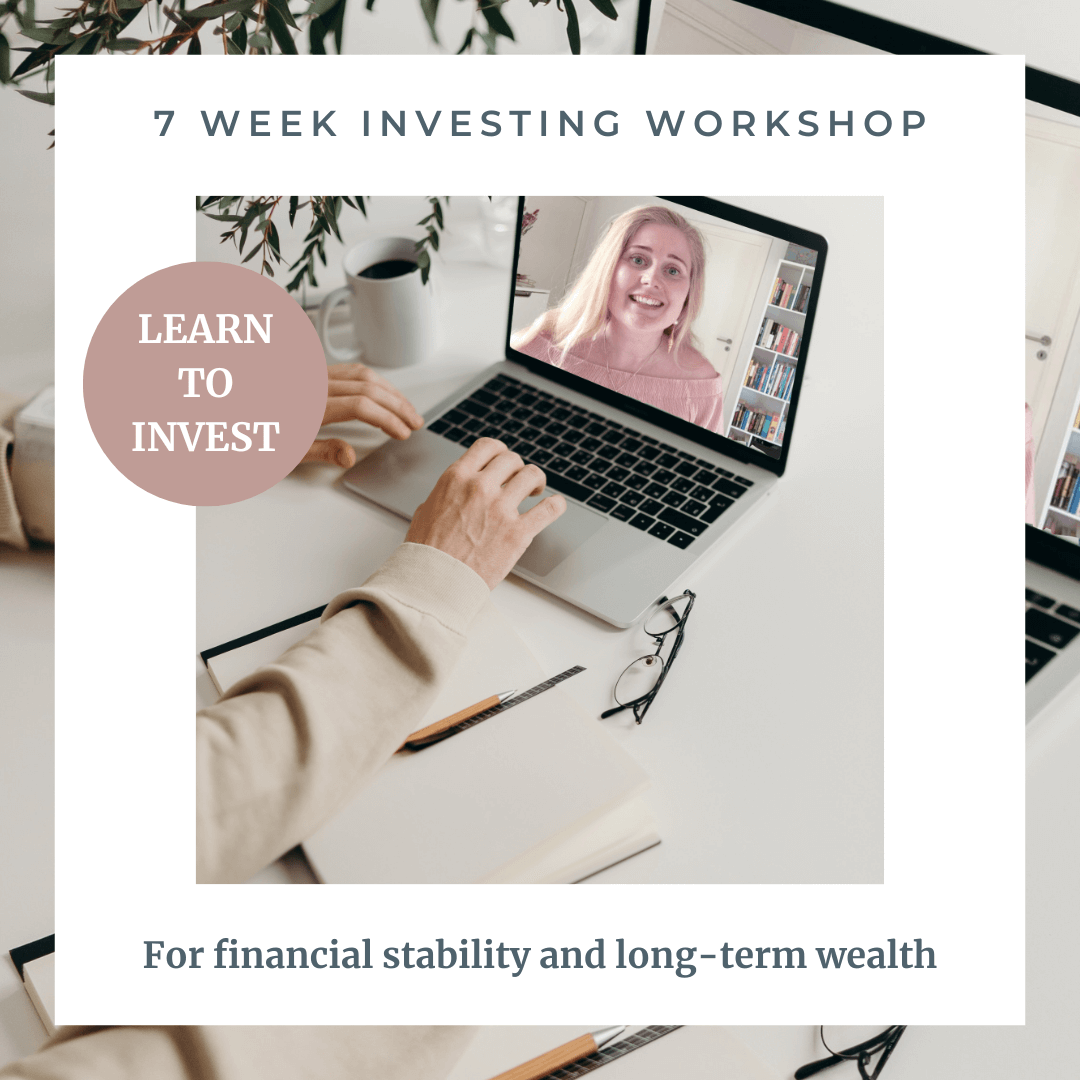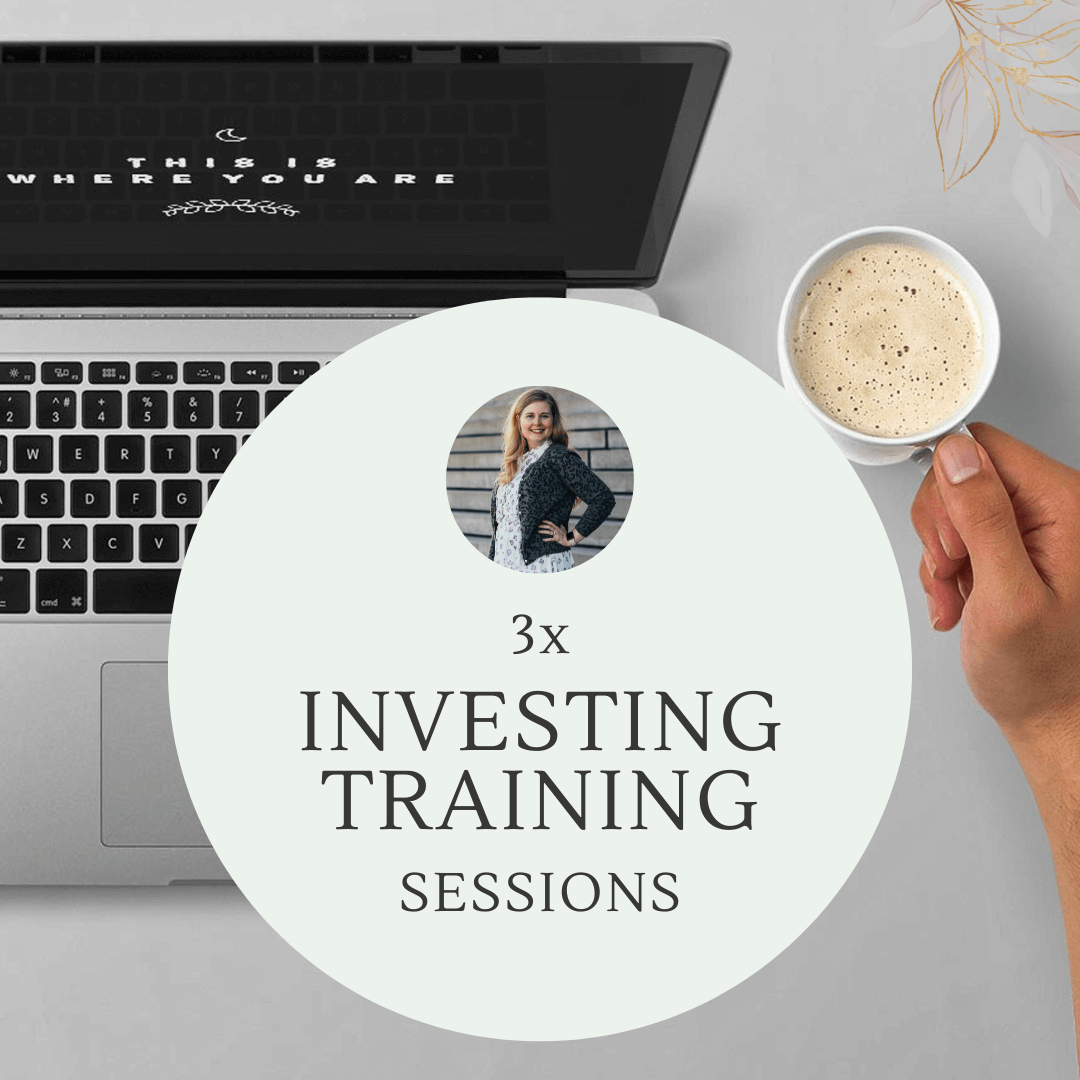These strong words come from Warren Buffett, and he makes an important point: if you zig and zag in and out of the stock market, you will punish your returns. The reason for the poor returns is taxes, fees, and service costs. Because you might forget to calculate all these factors when you look at your portfolio. Especially if you only check the performance overview in your brokerage account, you’re guaranteed to not get the truth.
I discussed this recently on my new Danish Instagram account. Join the conversation – links to my Danish and English social accounts below.

The Illusion of Great Gains
Let’s dig deeper into those wonderful gains. You buy 10 shares for a price of €7, so you spent a total of €70 on the trade. A few months later, you sell the shares at €9 per share (or €90 in total). 90-70 would give you a gain of €20, right? Well, you forgot the fees and taxes!
When you buy a stock, you pay a fee to the brokerage for carrying out the trade, and sometimes you might have to pay a fee if you buy a stock in another currency. The same goes for when you sell your stocks. You’ll pay a fee for the trade.
In the example below, we dive deep, and you can read it if you love calculations and taxes. If not, I will save you the trouble and tell you that a super small trading fee of €2 makes a huge difference in your overall gains. Stay in the market for 15 years, and you will compound double as much per year than if you pull out of a short-term trade (€31 vs. €14 per year). Jumping in and out of the market will be costly and eat up your gains.
Ouch – The Truth: Gains Getting Eaten
It’s very simple to calculate what we call the basis of a stock, and as an investor, you need to make sure that you calculate the basis price and not just the price you bought the stock at. It’s very easy to do.
You take the total sum of your investment and add the fees – then divide by the number of shares. A calculation can look like this. You buy the same 10 stocks as before for a total of €70, and you pay €2 in trading fees and €0.04 in currency exchange fees. The calculation is: 70 + 2.04 = 72.04. Because you bought 10 shares, we divide by 10. That means that your price per share is €7.2 – not €7. When you sell your shares, you also have to calculate the fees. We sell at 9 like in the example above, and the total selling fees are the same 2.04. Because of the additional fees, your basis price is now €72.04 + €2.04 = €74.08. That’s a new basis of €7.4 per share. Instead of a €20 gain, you’re down to €15.92. But it gets worse because at the end of the year, you will pay taxes on your gains, let’s say that’s 17% of your gains. And you’re down to €14.44. Ouch.
Delicious Long-Term Gains
You might as well leave the stock in your portfolio and let it grow over the years. You buy 10 stocks for €7 and over the years it compounds with an average of 15% you pay the same fees (total 4,08 for all transactions). After 15 years you take out the money, pay fees and taxes and once that’s all paid you have 468,85 EUR that you can spend. That’s €31,26 per year for 15 years – double the amount of the short term trade. The conclusion is that even fees that can seem super small can play a huge difference in the long term. Jumping in and out of the market will be costly and eat up your gains.
If you found this blog post interesting but got confused about all the calculations, it might be worth learning something new. In my workshop, you will get a tool that will calculate your stock basis price in seconds without any math on your side. Even if you’re a seasoned investor, it’s nice to take a shortcut instead of spending years of hardship and confusion. Sign up for the workshop today and update your stock market knowledge with greater speed and more confidence (and eliminate those expensive mistakes!)




0 Comments